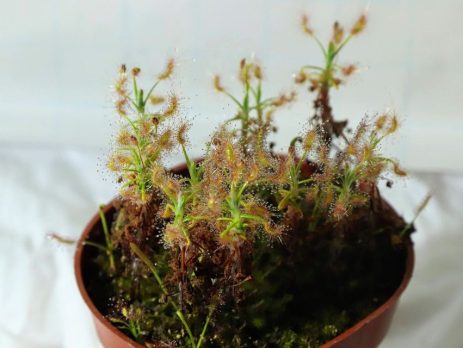How does the sundew’s trap mechanism work?
Drosera, commonly known as sundews, are carnivorous plants that use a unique trap mechanism to capture and digest insects. The mechanism involves the use of sticky, glandular hairs on the leaves of the plant that act like a glue trap.
When an insect lands on the leaf of a Drosera plant, the sticky hairs on the leaf’s surface begin to fold inward, gradually wrapping around the insect’s body. The more the insect struggles, the more the hairs curl inward, trapping the insect in a sticky embrace.
Once the insect is trapped, the glandular hairs secrete enzymes that digest the insect’s body, allowing the Drosera plant to absorb the nutrients from its prey.
Interestingly, the Drosera trap mechanism is not triggered by touch, as is the case with many other carnivorous plants. Instead, the mechanism is triggered by the presence of an insect on the leaf’s surface, which causes the hairs to begin to fold inward and wrap around the insect’s body.
Overall, the Drosera trap mechanism is a fascinating adaptation that allows these plants to thrive in nutrient-poor environments by supplementing their diet with insects.




Leave a Reply
You must be logged in to post a comment.